The face of the new 1,000 yen bill, Shibasaburo Kitazato, and the memorial museum built at his birthplace

New banknotes are scheduled to be issued from July 3rd of this year. The 1,000 yen note will feature a portrait of world-renowned bacteriologist Dr. Kitazato Shibasaburo. Known as the "father of modern Japanese medicine," Dr. Kitazato is world-famous, but he was born in Kitazato Village, Oguni Town, Aso County. Along with the new banknotes, the Kitazato Shibasaburo Memorial Museum, located in his hometown of Oguni, is now attracting renewed attention in Oguni Town, Aso County. Why not learn abou...
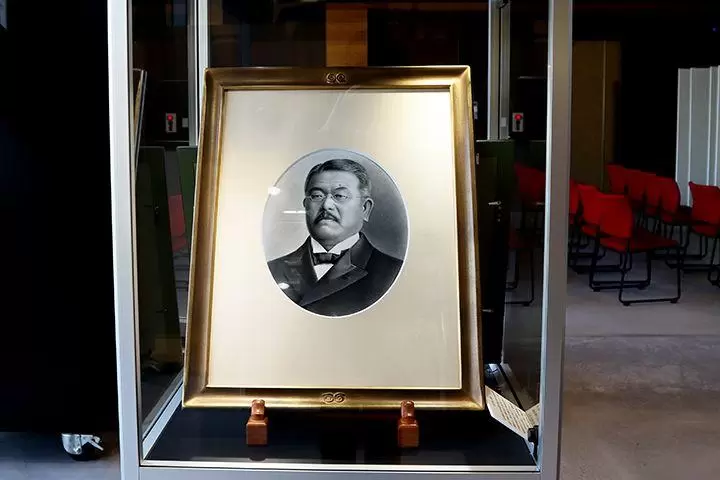
About Dr. Shibasaburo Kitazato...
The doctor was born in 1853 as the eldest son of a family that had served as a village headman for generations. After graduating from Kumamoto Medical School and Tokyo Medical School, he worked for the Ministry of Home Affairs' Health Bureau, and later, while studying in Germany, he successfully cultivated the tetanus bacteria in pure culture, establishing a treatment method and attracting worldwide attention. He also discovered the plague bacillus in 1894. Until his death at the age of 78 (1931), he left a major mark on the development of medicine and medical education in Japan, including founding the Kitazato Institute and becoming Dean of the Faculty of Medicine at Keio University.
The Kitazato Shibasaburo Memorial Museum has reopened and is now even more appealing!
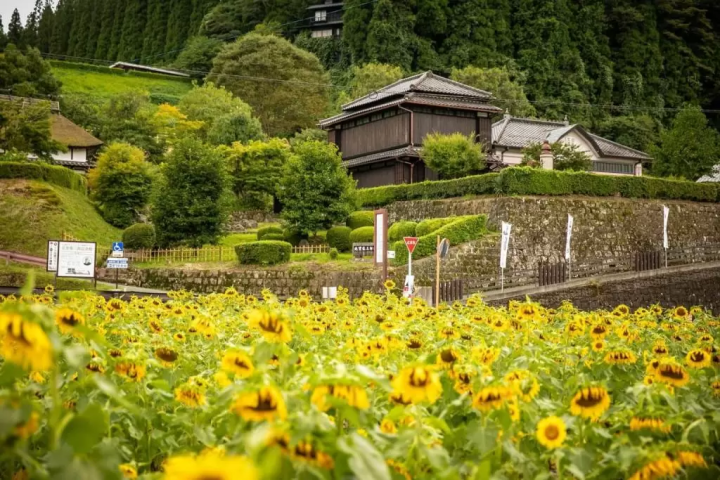
The memorial hall is located in Kitazato, Oguni-machi, Aso-gun, where the doctor was born. Approximately 80% of the town is covered in forest, and the area is dotted with many tourist attractions, such as the secluded "Waita Onsenkyo" hot springs, a mysterious hot spring with fantastic steam, and "Nabegataki" waterfalls, which has been used as a location for TV commercials. The grounds on the hilltop preserve part of the doctor's birthplace, a guest house, and a library that the doctor built for his children, all of which can be visited, and the new "Donner Hall" was added last year. You can now learn about the doctor's life and achievements through the latest digital content.
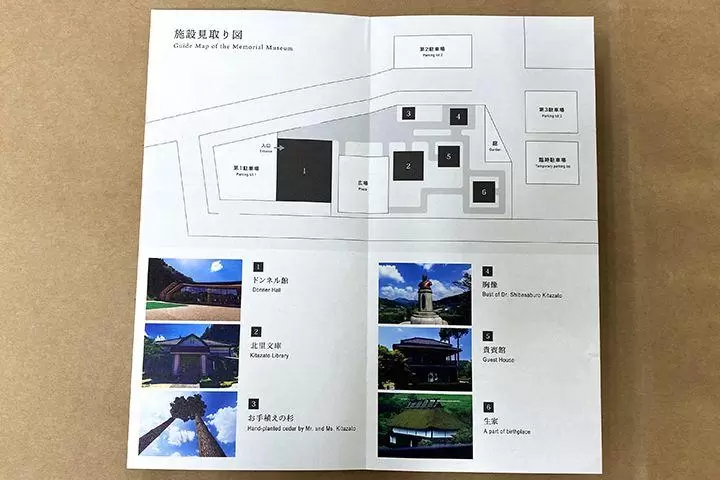
Overall map of the museumThere are many things to see, so it's best to take about an hour to look around.
The Donner Pavilion was built to commemorate the 170th anniversary of the doctor's birth.
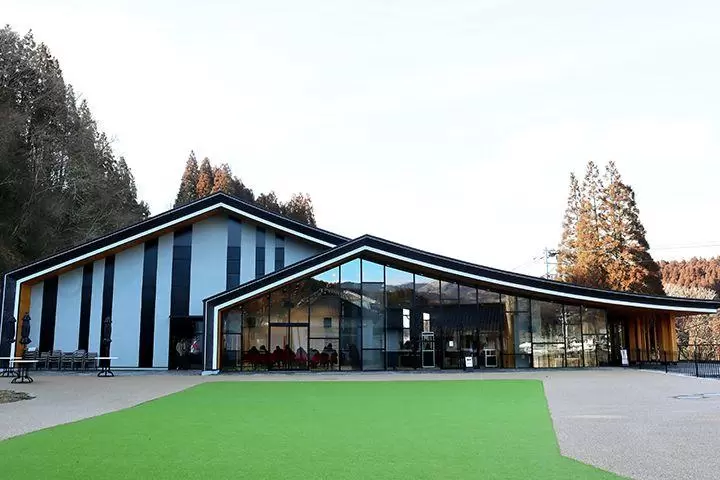
The main reception is in the "Donnerkan." It is a new facility that opened last September to convey the doctor's life and accomplishments through video and digital content. By the way, "Donner" means "thunder" in German. The name is said to have come from the doctor's nickname "Thunder Father," which conveys his personality.
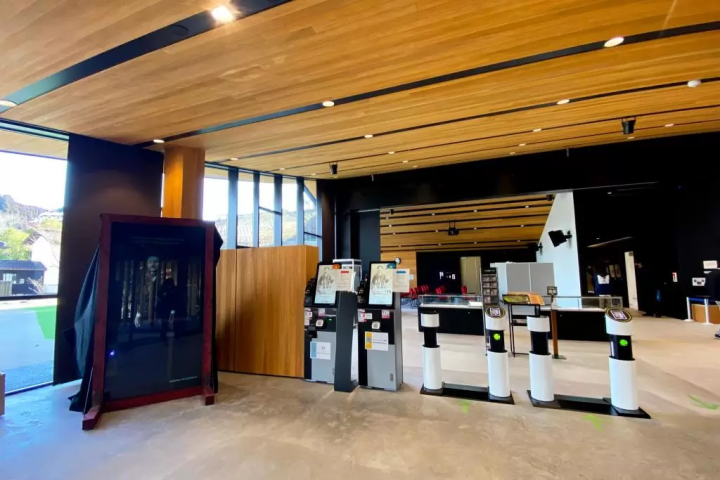
The professor will appear virtually in a box set up at the entrance, so be sure to take a look!
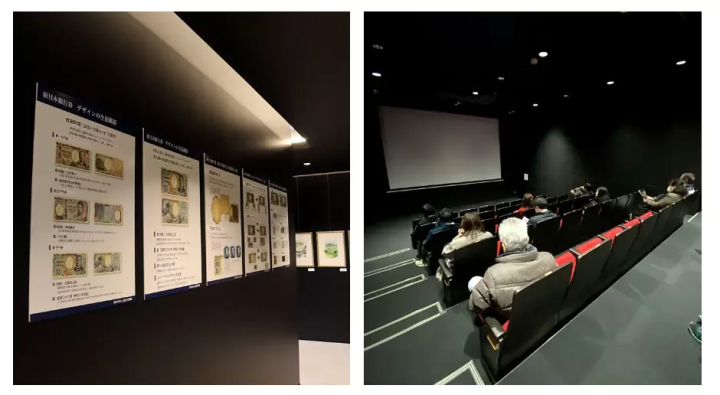
(Left) An exhibition corner where you can learn about the manufacturing process and design of banknotes, as well as the newly adopted anti-counterfeiting technology. There is a lot of trivia that will make you think, "Oh, so that's how it was."
(Right) A theater room with about 40 seats that shows videos of the doctor's life

The museum shop is stocked with merchandise related to the doctor. In addition to books and manga, there are also items that can only be found here, such as "Jerusalem artichoke roasted chips," a new local specialty that is attracting attention, and postcards.
Watch videos on a tablet device that supports four languages
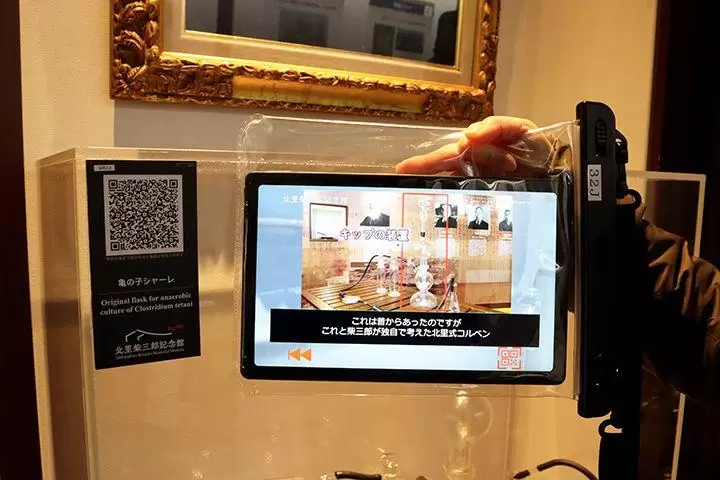
For those who want to know more about the doctor's achievements and anecdotes, we recommend using AR (Augmented Reality). By scanning the QR codes installed in the museum with a special tablet device, you can watch videos about the doctor. Tablets are available for rental at the reception.
The Guest House overlooking Satoyama is perfect for entertaining guests.
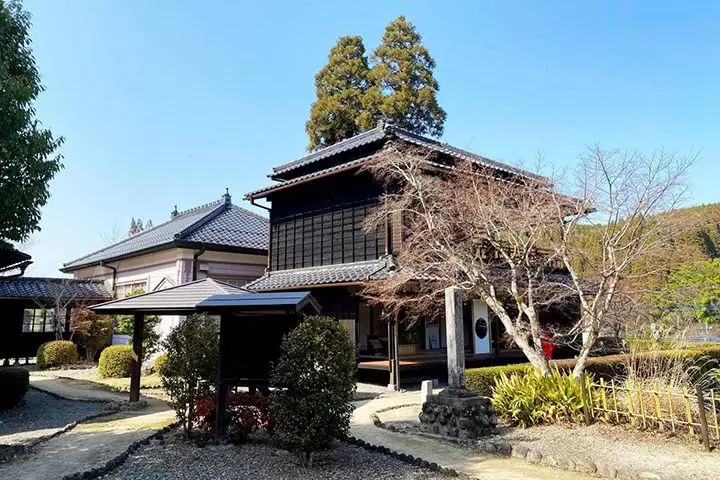
The Guest House is located in the most scenic spot on the memorial museum grounds. It was built in 1916 as a residence for the doctor when he returned home and to entertain distinguished guests. It is a spacious building with a lot of atmosphere, featuring Oguni cedar and frosted glass, which was rare at the time, in key places.

Right in front of you is the beautiful conical mountain Mt. Waita and the rural landscape that changes with the seasons... From the second floor, you can get a panoramic view of the doctor's beloved hometown.
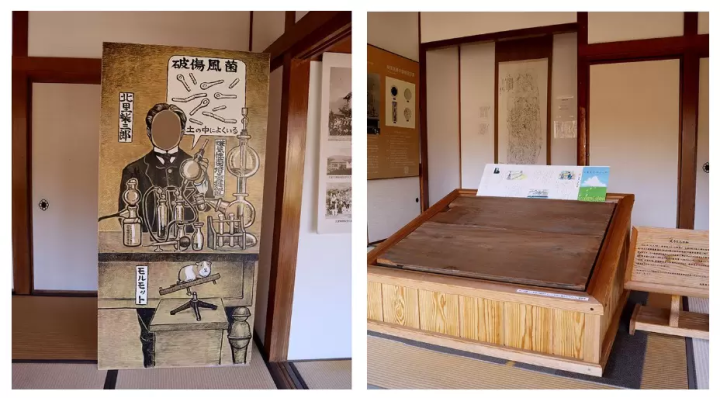
(Left) There is also a face-in panel on the first floor! You can pose as if you were the doctor. (Right) Part of the veranda that the doctor used to wipe every day until it sparkled when he was a child is also on display.
Part of the family home

At the back of the guest house, part of the house where the doctor spent his childhood, the "birthplace," is open to the public and can also be freely toured. It is said that the house was originally located along the river north of the museum, but when the doctor invited his parents to live with him in Tokyo, the house was downsized to two rooms.
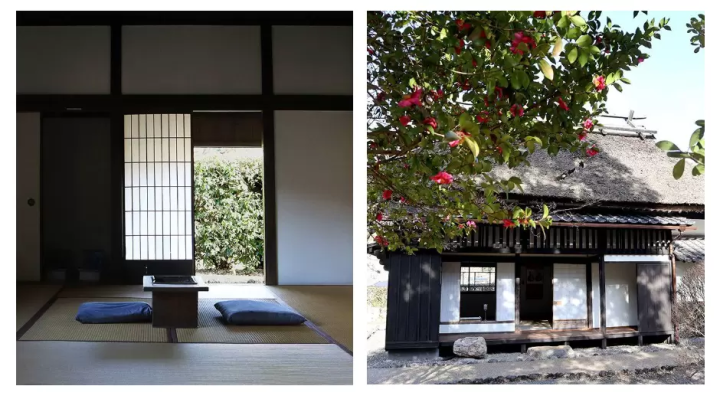
At the back of the house, you can still see traces of beams and girders that were cut off when the house was reduced to two rooms.
Kitazato Library and Archives
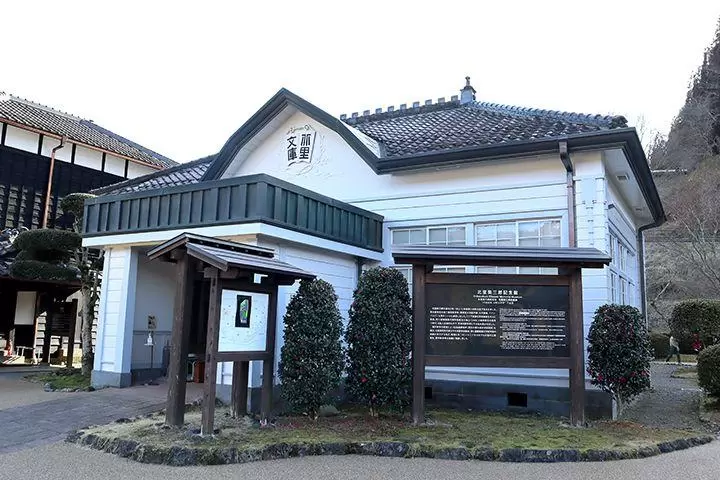
This is the Kitazato Library, which the doctor built in 1916 for the children of his hometown using his own money. The Kitazato family crest is on both ends of the roof of the Renaissance-style building, and the letters on the front are decorated with a laurel wreath and ribbons.
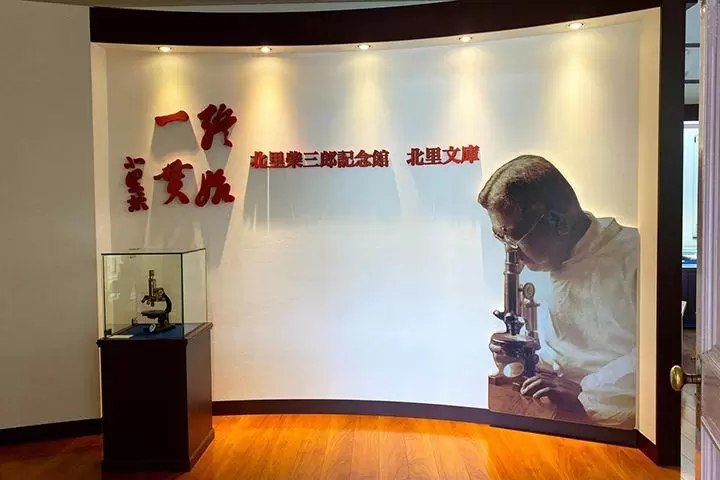
At the time, the Kitazato Library was recorded to have contained 1,511 books, and was used by many children until the end of the war. It is now a museum where you can see exhibits related to the doctor and learn about his achievements in chronological order.
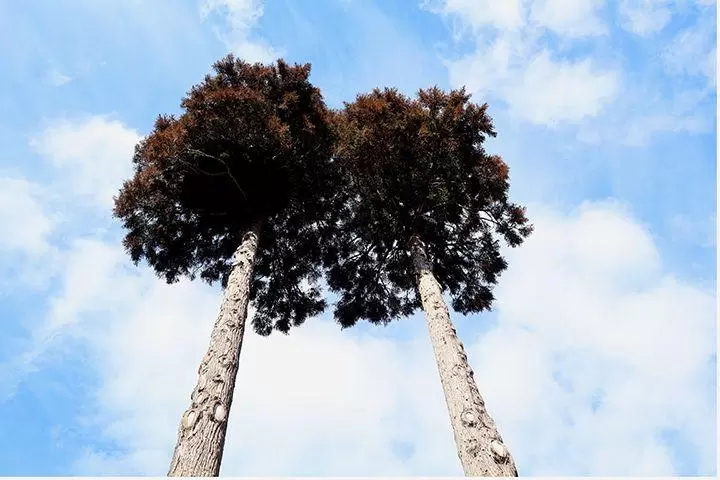
"Hand-planted Cedar" is a cedar tree planted by the doctor and his wife at the inauguration ceremony of Kitazato Bunko in 1916. It is still standing after more than 100 years, and the sight of the two cedar trees stretching together towards the sky above Oguni is a sight you will want to take a photo of!
Kumamoto Prefecture is a city where history and nature coexist, including Kumamoto Castle, one of Japan's three most famous castles, Mt. Aso, which has one of the world's largest calderas, and Amakusa, which is home to approximately 300 dolphins. It is the hometown of Japan's most famous local mascot, Kumamon, and you will be excited to meet Kumamon somewhere in the city! It is also the hometown of Eiichiro Oda, the author of the world-famous manga One Piece, and you can see statues of the Straw Hat Pirates throughout the prefecture. The food and drinks made with fresh ingredients from all over the prefecture are all delicious. Please come and visit Kumamoto Prefecture, which will soothe your five senses!
The contents on this page may partially contain automatic translation.




































![[2026] Top 5 Strawberry Picking Spots in Tokushima, Naruto| Farms and Access Guide for January to May](https://resources.matcha-jp.com/resize/720x2000/2025/03/06-227165.webp)
![[Yamanashi/ Hokuto City] 4 Hot New Spots Opening in 2026](https://resources.matcha-jp.com/resize/720x2000/2025/12/12-252747.webp)


